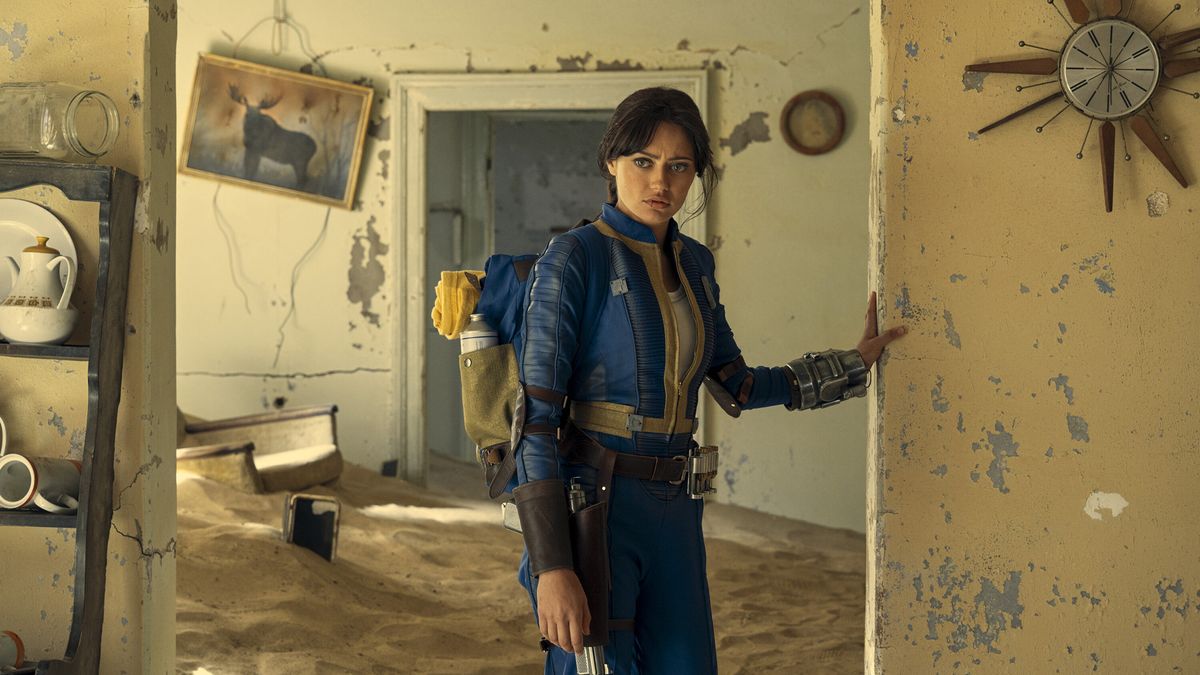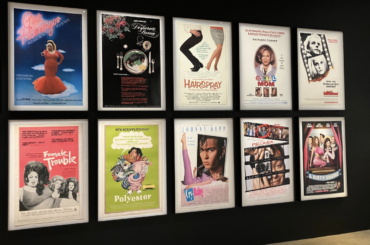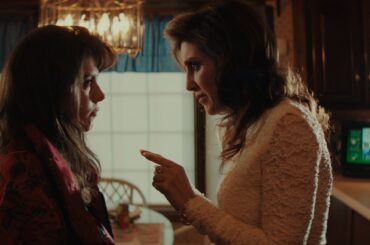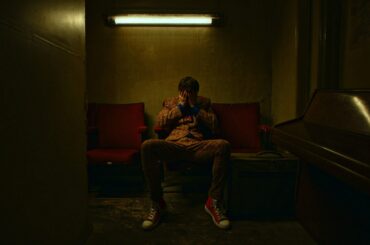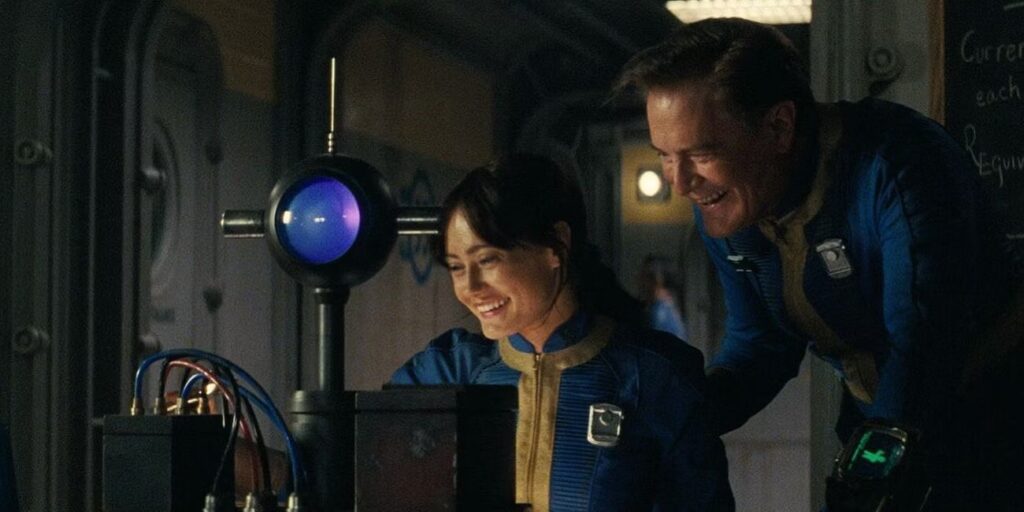
In Fallout, the Vault community looks pristine. Vault’s appealing colors, the bright blue and yellow, are two favorite aesthetics for marketing departments for a reason. It’s enticing and playful, something that esteemed costume designer Amy Westcott helps make all the more sinister in the end of season one of the series. Recently, Westcott talked to Immersive about the eye-popping Fallout costume.
[Spoilers Ahead]
As we slowly learn the video game adaptation, Vault is not the happy-go-lucky community they pretend they are. It’s a cult – the cult of business. “I did research on actual cults and what happens to people and why they follow without thinking,” Wescott told Immersive. “And that did have a lot to do with the vault suit and this sort of uniform already there in the game. But the fact that it turns into a sort of scariness about that mentality was something that we researched a lot. I saw a lot of very disturbing pictures of David Koresh and things like that.”
For the colorful post-apocalyptic series, which was created by Graham Wagner and Geneva Robertson-Dworet, Wescott did want to respect the video game series. “There were so many prototypes, and it was a really fine line between paying enough respect to the existing suit,” Westcott added, “but making it interesting and new. Also, making it 3D in something that somebody could wear, and bringing it into a realistic place. I think a lot of times you think, oh, it’s a video game, so it must be the suits are skin tight, or they’re worn in a certain way. We decided very early on that they needed to be a little loose.”
The costume designer, who previously worked on Black Swan, The Menu, and The Wrestler, wanted jumpsuits as opposed to “a skin type superhero suit.” The difference came down to finding the right fabric, balancing cool and goofy. “There were a lot of different fabrics that came into play,” Westcott said. “There were so many prototypes that we were testing. It had to be a four-way stretch, not a woven. I used a fabric many years ago on a film called After Earth, and it was this amazing fabric made in Italy, and I found in my basement a swatch of it and contacted the company and got tons of it. But that was after we tried things that we could get locally in the states that just didn’t have the body for it, the weight and the feeling, it had to do so much. We were asking so much of it.”
The Italian fabric was what ultimately got the ball rolling for the Vault uniform. “Then we tried a lot of different things for the pieces that the various inserts, the various pieces that were in the suit,” Westcott added. “And we ended up using faux leather. I mean, we tried printing, we tried 3D printing. We tried a lot of different ways to make those pieces look enough like the game, and really ended up using these leather pieces to up the ante a little bit. We tried to make a newer version, I would say, and then it was about working in the yellow, and we used a gold that was distressed, so it didn’t look so bright, and [the video game company] Bethesda was very clear about their blue, so we had to work with that exact blue. It was a lot about just getting it to a place of reality, getting it to a place where it was a believable piece of clothing.”
As proof for the costume’s resounding success, look no further than the uniform worn by Hank MacLean (Kyle MacLachlan). The costume carries a cruel thematic weight in the end, which is made all the more disturbing by McLachlan’s upstanding, gleeful presence and persona.
Previously, Westcott worked with the Twin Peaks icon, who she “loves,” on Capone. “I texted him, ‘I need your sizes and blah, blah, blah,’” she said. “And he was like, ‘Well, you’ll be happy to know I’ve been staying in shape.’ It was one of those situations where we were like, oh, he’s going to look great. It was fun with that kind of thing because it was all different kinds of bodies that we had to put into the suit and be cognizant of how the actor felt in the suit and how it read. We didn’t want anybody to feel self-conscious or weird, and that was really important.”


